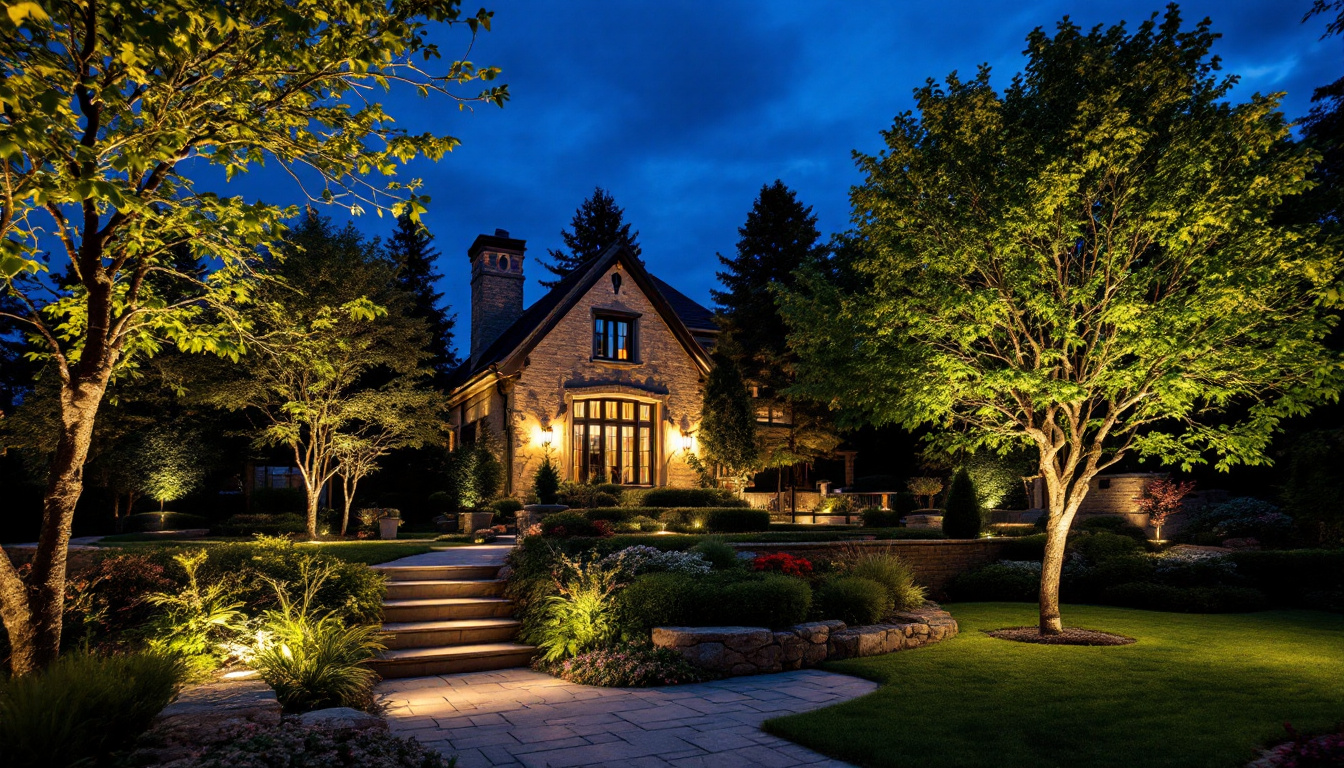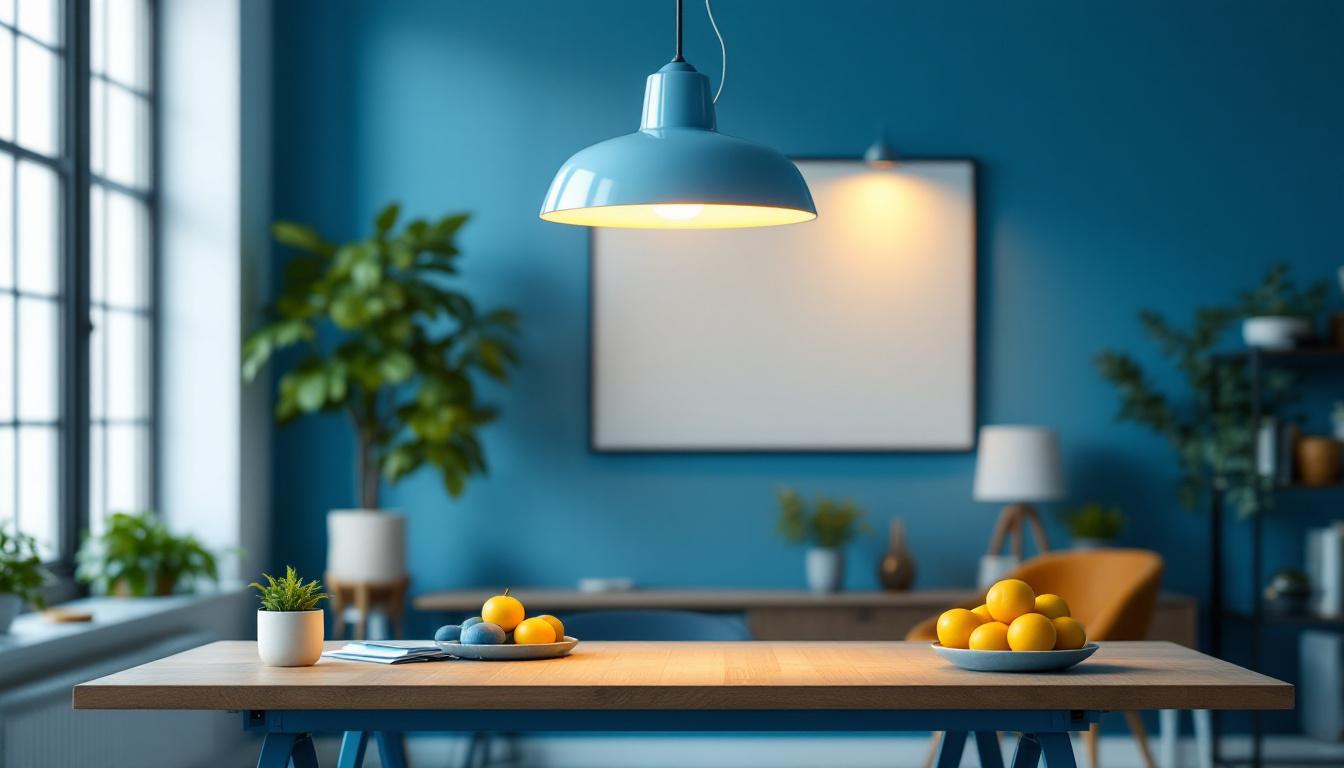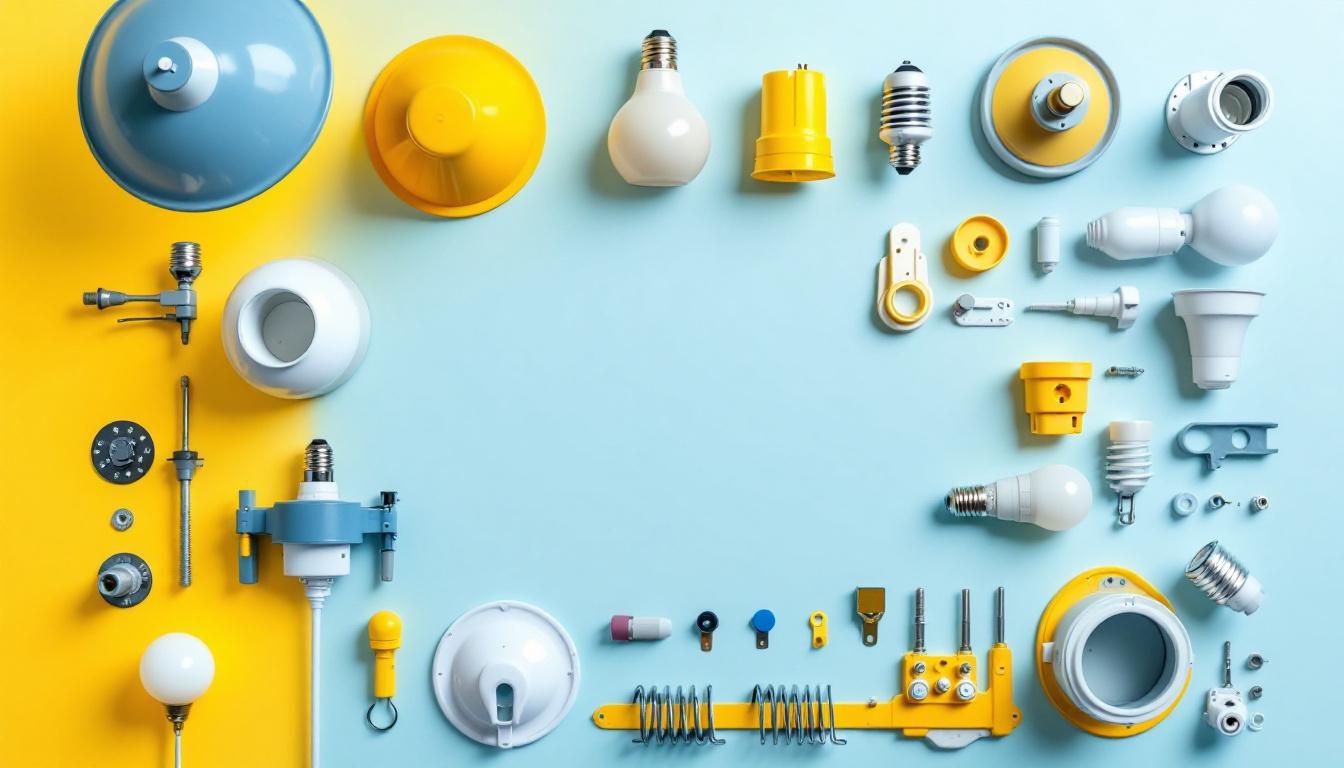
landscape up lighting has emerged as a vital component in the realm of outdoor lighting design. For lighting contractors, understanding the nuances of this technique is essential for creating stunning outdoor spaces that enhance both aesthetics and functionality. This article delves into the essentials of landscape up lighting, providing valuable insights for lighting professionals looking to elevate their projects.
Landscape up lighting involves illuminating the vertical elements of a landscape, such as trees, walls, and architectural features, from below. This technique not only highlights the beauty of these structures but also creates depth and dimension within the outdoor environment. By casting light upwards, contractors can transform ordinary landscapes into extraordinary visual experiences. The interplay of light and shadow can evoke different moods, making a garden feel enchanting or a patio area feel cozy and intimate.
Furthermore, the use of up lighting can enhance the natural beauty of various plants and trees, showcasing their unique textures and colors. For instance, illuminating a majestic oak tree can accentuate its sprawling branches and intricate bark, while soft light can make flowering shrubs appear ethereal at night. This not only adds aesthetic value but also encourages outdoor activities, allowing homeowners to enjoy their gardens long after sunset.
Up lighting serves multiple purposes in landscape design. Firstly, it enhances the visual appeal of outdoor spaces, making them more inviting during the evening hours. Secondly, it improves safety by illuminating pathways and potential hazards. Finally, up lighting can also serve as a means of security, deterring unwanted visitors by ensuring that all areas are well-lit and visible. Additionally, well-placed up lighting can draw attention to specific features, such as a water fountain or a sculpture, turning them into focal points that captivate the eye and spark conversation among guests.
Moreover, the strategic use of up lighting can help define different areas within a landscape, creating distinct zones for relaxation, entertainment, or dining. By varying the intensity and color of the lights, homeowners can set the desired ambiance for any occasion, whether it’s a lively gathering or a quiet evening under the stars. This versatility makes up lighting an essential tool for landscape designers looking to enhance the functionality and enjoyment of outdoor spaces.
To achieve the desired effects with up lighting, several key elements must be considered. The type of fixtures used, the positioning of lights, and the choice of bulbs all play a significant role in the overall outcome. Additionally, understanding the landscape’s natural features and how light interacts with them is crucial for creating a harmonious lighting design. For example, LED lights are often favored for their energy efficiency and longevity, while halogen bulbs can provide a warmer glow that complements certain architectural styles.
Furthermore, the angle at which lights are positioned can dramatically alter the effect produced. A light placed too close to a feature may create harsh shadows, while one positioned further away can produce a more subtle and diffused effect. Experimentation with different heights and distances can help achieve the perfect balance, ensuring that each element of the landscape is showcased in the best possible light. Additionally, incorporating dimmers or smart lighting systems can provide further flexibility, allowing homeowners to adjust the ambiance according to their needs and preferences throughout the evening.
When it comes to landscape up lighting, the choice of fixtures is paramount. Contractors should consider various types of lights, each offering unique benefits and functionalities. The right selection can dramatically influence the effectiveness of the lighting scheme.
There are several types of fixtures commonly used for up lighting in landscapes. Well lights, spotlights, and floodlights are among the most popular choices. Well lights are often installed in the ground, providing a clean and unobtrusive look while casting light upward. Spotlights, on the other hand, are designed to focus light on specific features, making them ideal for highlighting trees or architectural elements. Floodlights can cover larger areas, making them suitable for illuminating expansive landscapes.
The materials used in lighting fixtures can significantly affect their longevity and performance. Contractors should opt for fixtures made from durable materials that can withstand outdoor conditions, such as corrosion-resistant metals or high-quality plastics. Additionally, the finish of the fixtures should complement the landscape design, ensuring a cohesive look.
Proper positioning and installation of up lighting fixtures are critical for achieving the desired effects. The angle, height, and distance from the illuminated object all influence how light is cast and perceived.
When positioning up lighting fixtures, contractors should consider the height of the objects being illuminated. For trees, placing fixtures at the base and angling them upwards can create a dramatic effect, accentuating the tree’s trunk and canopy. For walls or architectural features, positioning lights at varying distances can create interesting shadows and highlights, adding depth to the design.
During installation, it is essential to ensure that fixtures are securely anchored and positioned correctly to avoid any misalignment. Additionally, using adjustable fixtures can provide flexibility, allowing contractors to modify the angle and direction of the light as needed. Proper wiring and connections are also crucial to ensure safety and functionality.
Beyond the basics of fixture selection and installation, employing various lighting techniques can further enhance the visual appeal of landscape up lighting. Understanding these techniques allows contractors to create captivating environments that leave a lasting impression.
Silhouetting is a technique that involves placing lights behind an object, such as a tree or statue, to create a dramatic outline against the night sky. This method emphasizes the shape and form of the object, making it a striking focal point in the landscape. To achieve this effect, contractors should carefully consider the placement of the light source to ensure that the object is fully illuminated while the background remains dark.
Shadowing is another effective technique that can add depth and intrigue to a landscape. By positioning lights at an angle to the object, contractors can create interesting shadows that dance across surfaces, enhancing the overall ambiance. This technique works particularly well with textured surfaces, such as stone walls or foliage, where the interplay of light and shadow can create a dynamic visual experience.
In today’s environmentally conscious world, energy efficiency and sustainability are paramount considerations for lighting contractors. Selecting energy-efficient fixtures and technologies can significantly reduce energy consumption while still providing beautiful lighting solutions.
LED lights have become the go-to choice for landscape up lighting due to their energy efficiency and longevity. Compared to traditional incandescent bulbs, LEDs consume significantly less power and have a much longer lifespan, reducing the need for frequent replacements. Additionally, many LED fixtures offer adjustable brightness levels, allowing contractors to customize the lighting intensity based on the specific needs of the landscape.
Solar-powered lighting fixtures are another sustainable option for landscape up lighting. These fixtures harness solar energy during the day and automatically illuminate at night. While they may have limitations in terms of brightness and performance in cloudy conditions, they are an excellent choice for areas where traditional wiring is impractical or where a low-impact solution is desired.
Every landscape is unique, and the approach to up lighting should reflect the specific characteristics of the environment. Understanding the different design considerations for various landscapes can help contractors tailor their lighting solutions effectively.
In residential settings, up lighting can enhance the beauty of gardens, patios, and outdoor living spaces. Contractors should focus on highlighting key features such as trees, shrubs, and architectural elements of the home. Soft, warm lighting can create a welcoming atmosphere, while brighter lights can be used for safety along pathways and entrances.
For commercial properties, up lighting plays a crucial role in branding and creating a professional image. Lighting contractors should consider the overall aesthetic of the business and how lighting can enhance its visibility. Strategically placed up lighting can draw attention to signage, entrances, and outdoor seating areas, making the space more inviting for customers.
Public parks, plazas, and recreational areas also benefit from landscape up lighting. In these settings, the focus should be on safety and accessibility. Adequate illumination of pathways, benches, and gathering areas is essential. Additionally, incorporating artistic lighting elements can enhance the overall experience for visitors, making public spaces more enjoyable after dark.
To ensure the longevity and effectiveness of landscape up lighting, regular maintenance is essential. Contractors should educate clients on the importance of upkeep and provide guidance on how to troubleshoot common issues.
Routine maintenance for up lighting fixtures includes cleaning lenses, checking for damage, and ensuring that all connections are secure. Dirt and debris can accumulate on fixtures, diminishing their effectiveness. Regularly inspecting and cleaning the lights can help maintain optimal performance and extend their lifespan.
Contractors should be prepared to address common issues that may arise with landscape up lighting. Flickering lights, for example, can indicate a loose connection or a failing bulb. Educating clients on how to identify and report these issues can facilitate timely repairs and ensure that the lighting system remains functional.
Landscape up lighting is a powerful tool for lighting contractors, enabling them to create visually stunning outdoor environments that enhance safety, aesthetics, and functionality. By understanding the essentials of up lighting—including fixture selection, installation techniques, energy efficiency, and design considerations—contractors can elevate their projects and deliver exceptional results. As the demand for innovative outdoor lighting solutions continues to grow, mastering the art of landscape up lighting will undoubtedly set contractors apart in the competitive landscape of lighting design.
Ready to take your landscape up lighting to the next level? At LumenWholesale, we provide lighting contractors with the highest quality, spec-grade lighting products at prices that can’t be beaten. Our commitment to cutting out the middleman means you get the superior products your projects deserve, without the inflated markups. With our extensive selection that meets rigorous industry standards, you can trust in the reliability and performance of our lighting solutions. Plus, with the convenience of free shipping on bulk orders, you can enjoy premium lighting at the best value — without any hidden fees. Elevate your lighting designs today and experience the ideal combination of quality, affordability, and convenience at LumenWholesale.

Explore the pros and cons of office hanging lamps versus alternative lighting solutions.

Discover essential information about electrical washers and their pivotal role in lighting installations.

Discover the essential checklist for lighting contractors when installing garage outside lights.

Explore the essential components of light fixtures with our simplified guide tailored for lighting contractors.